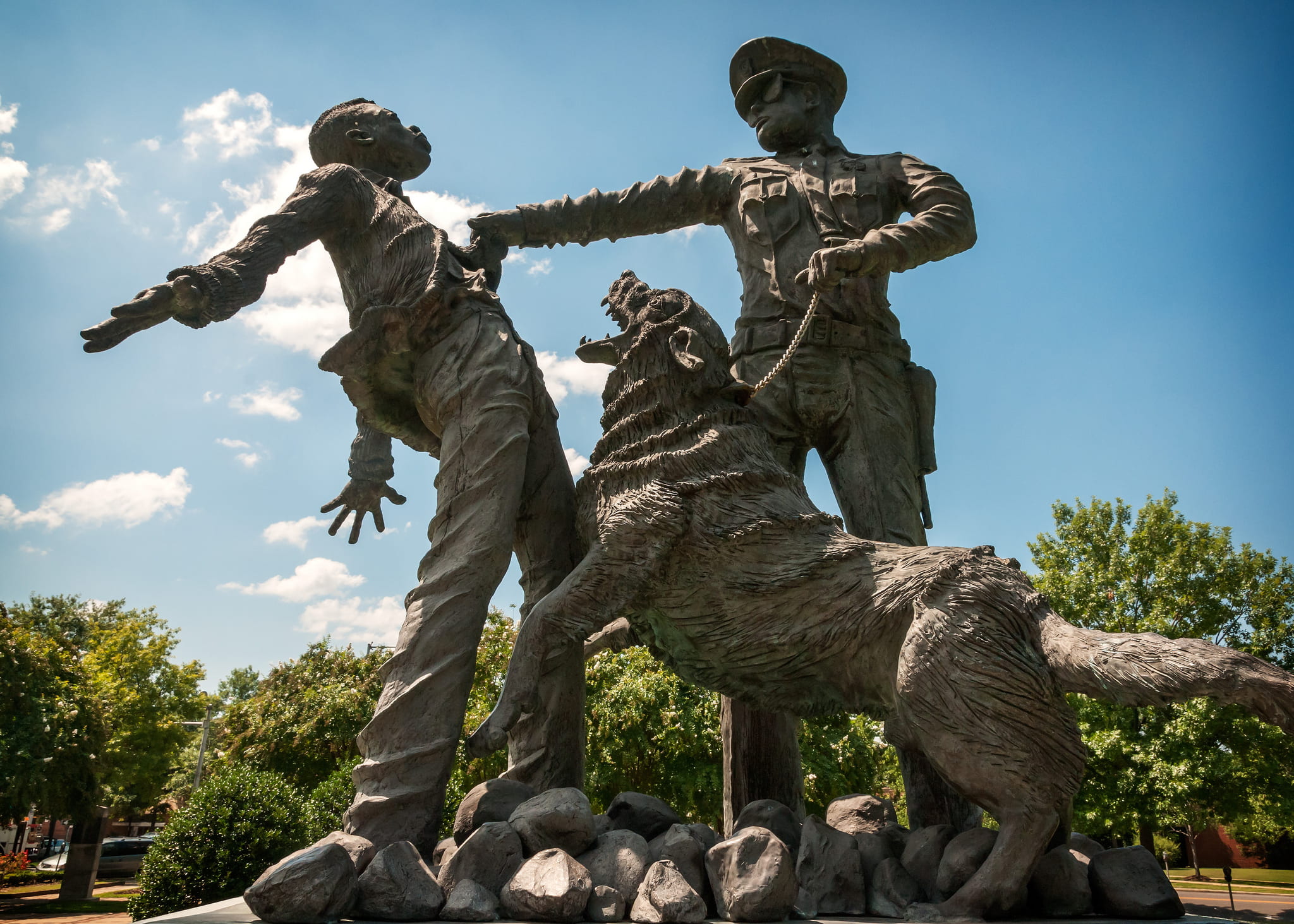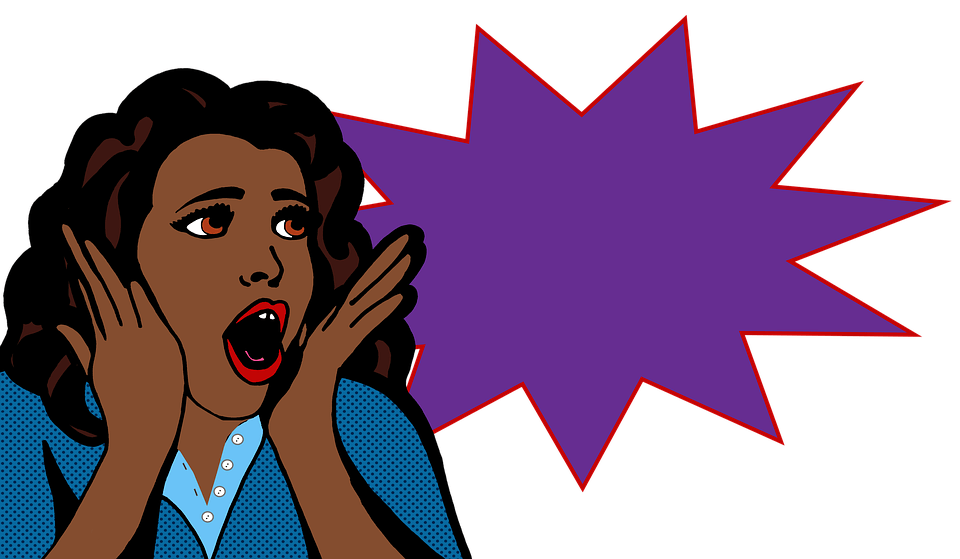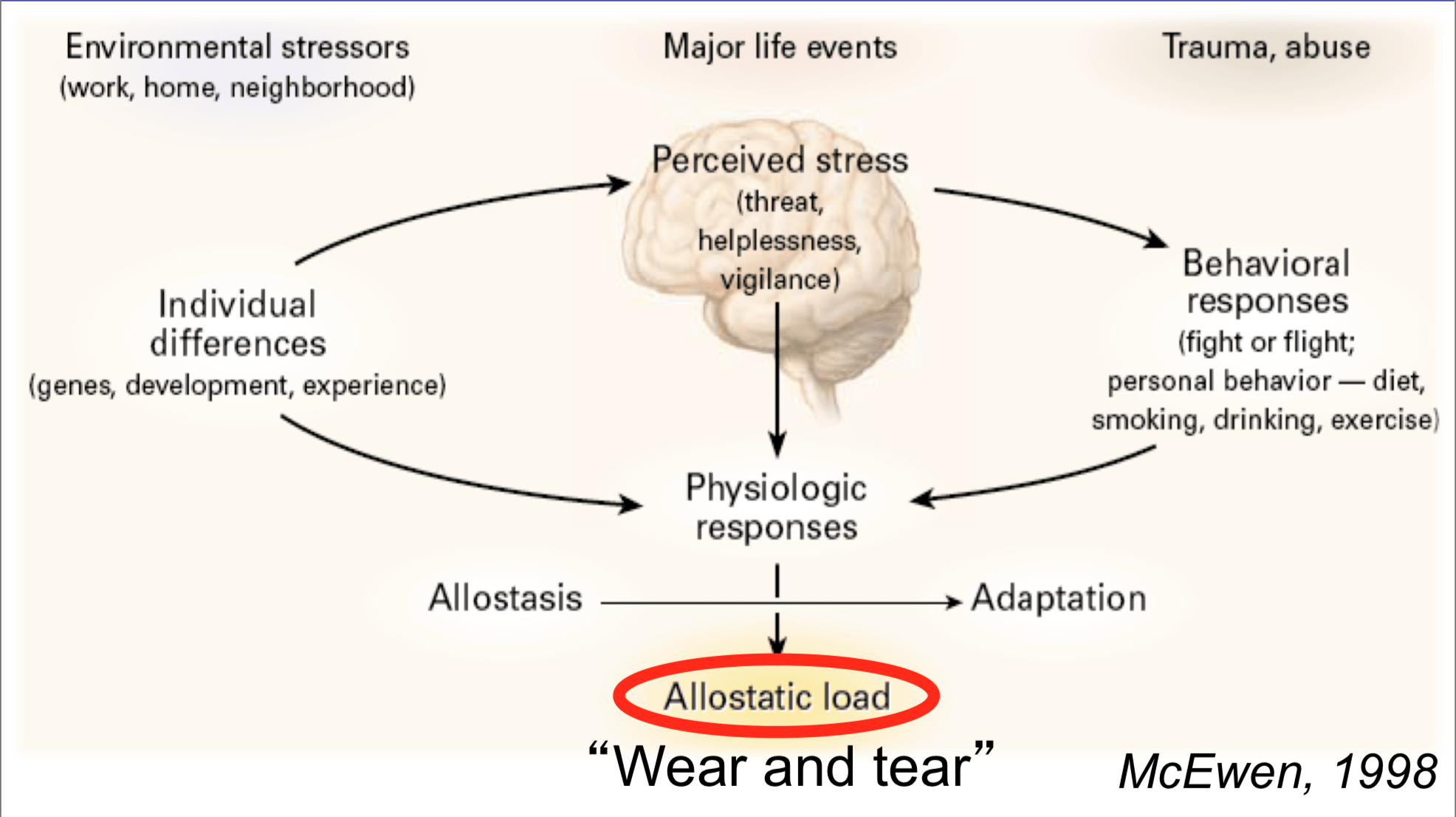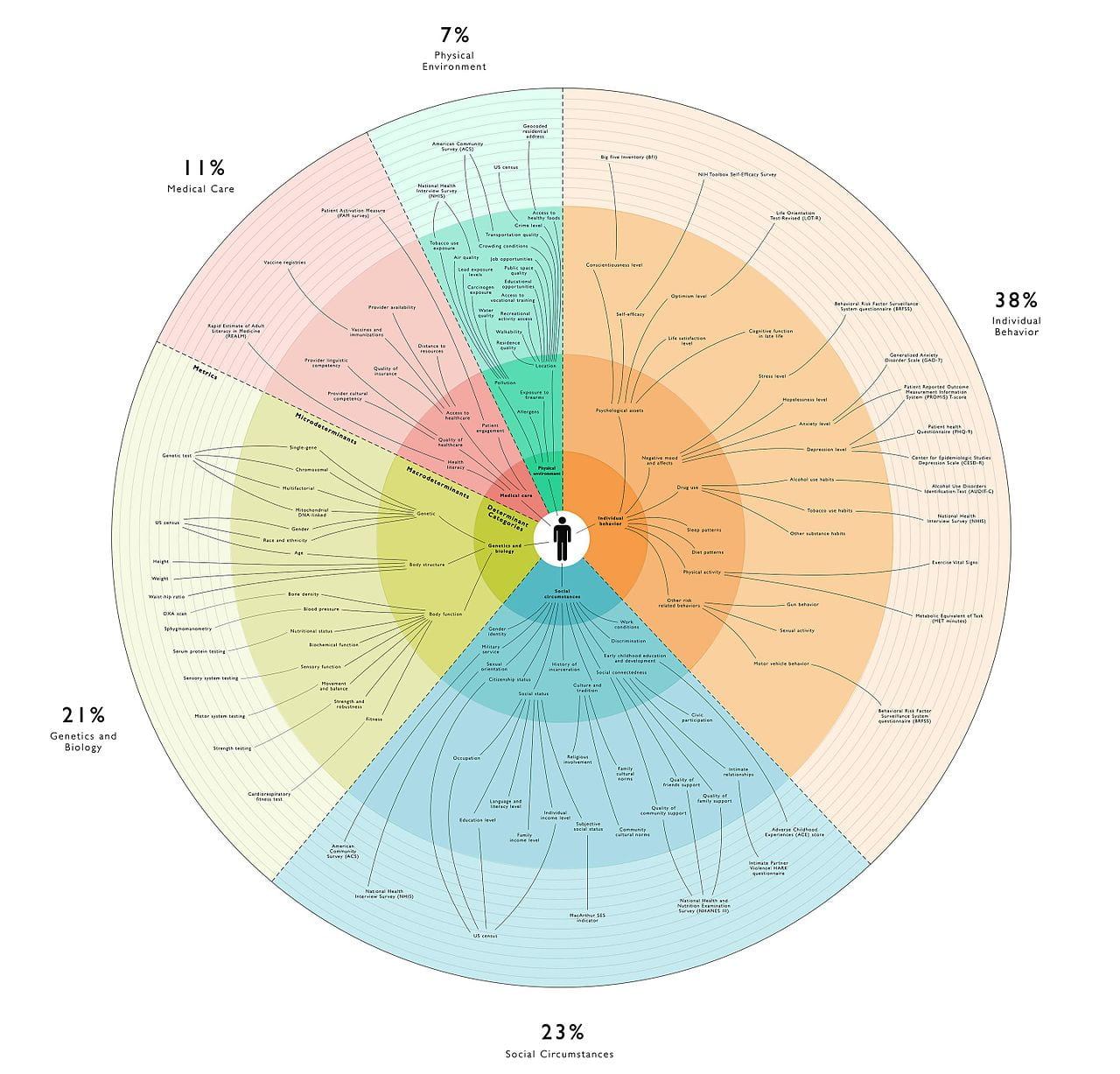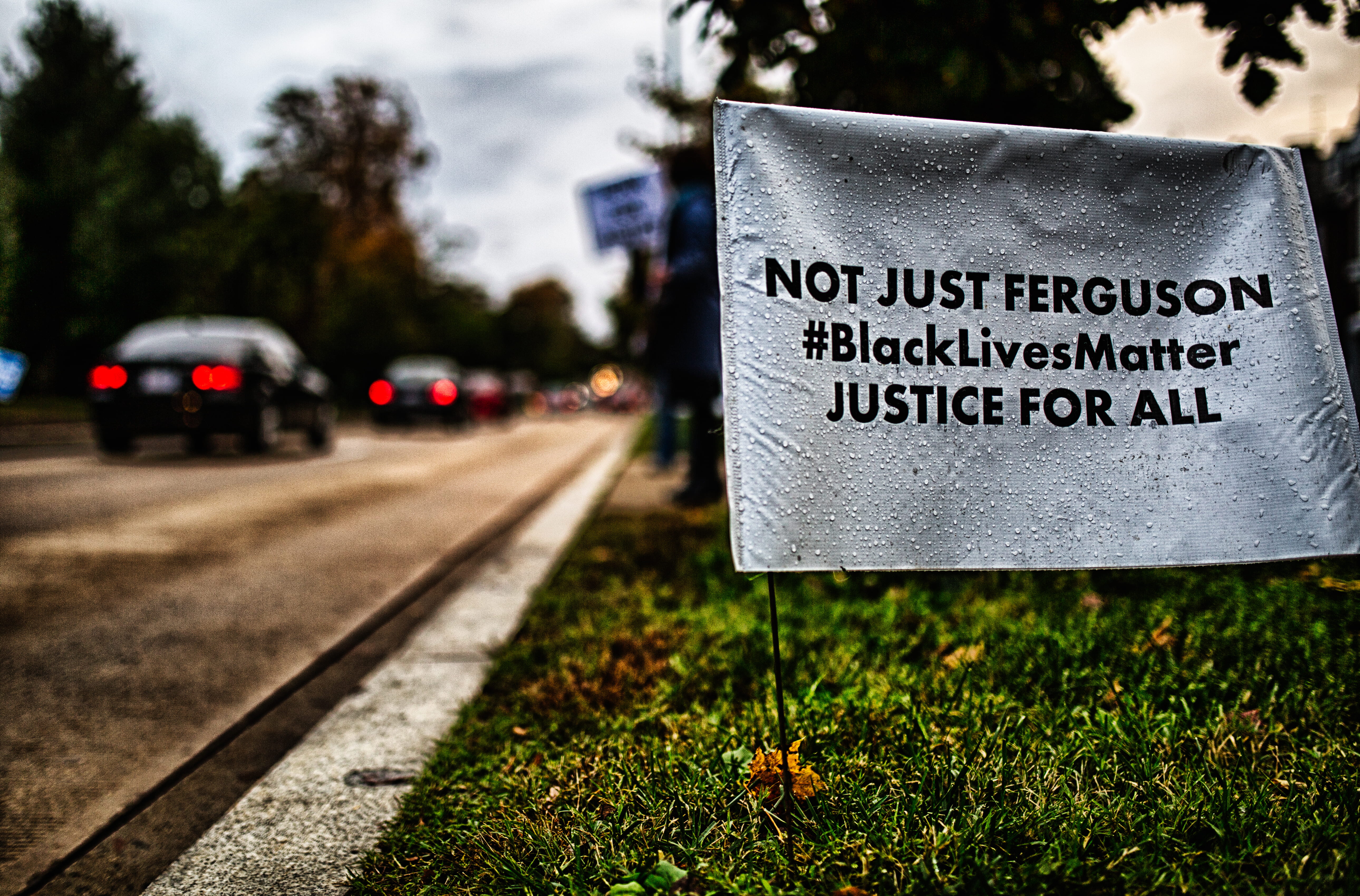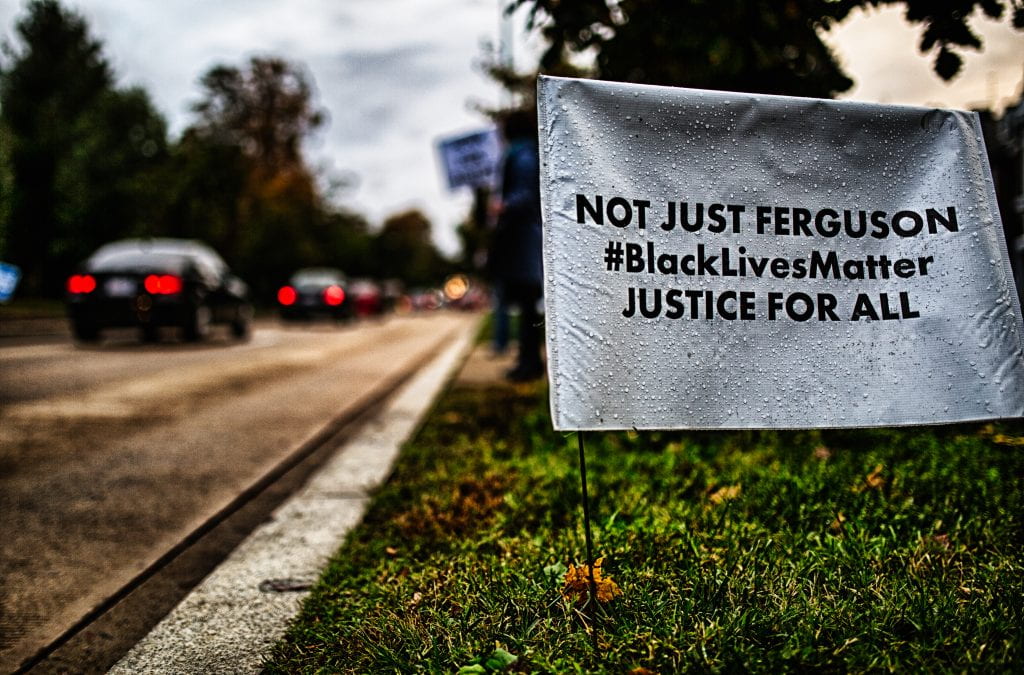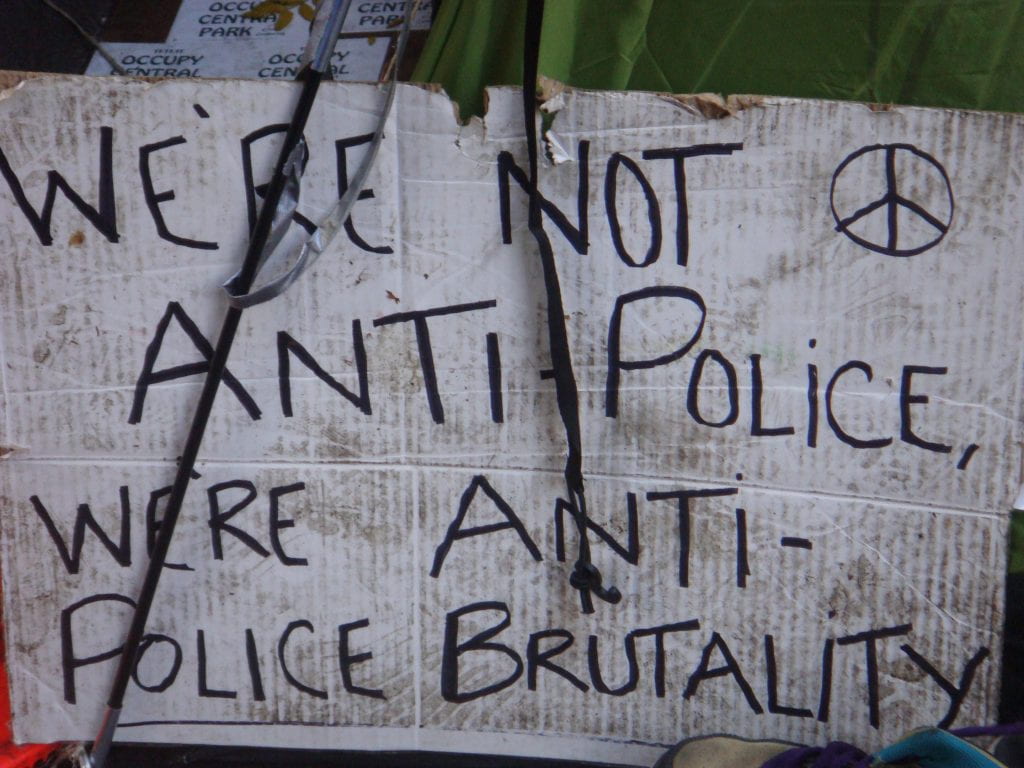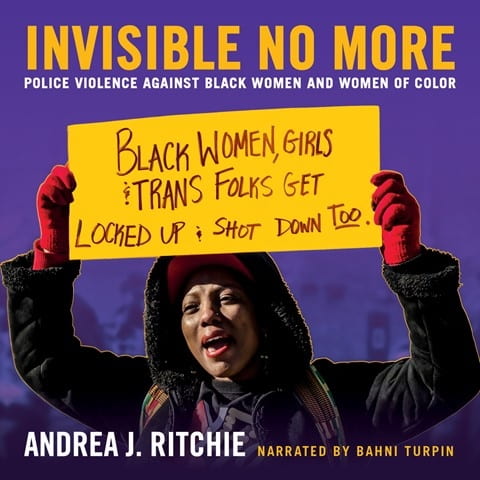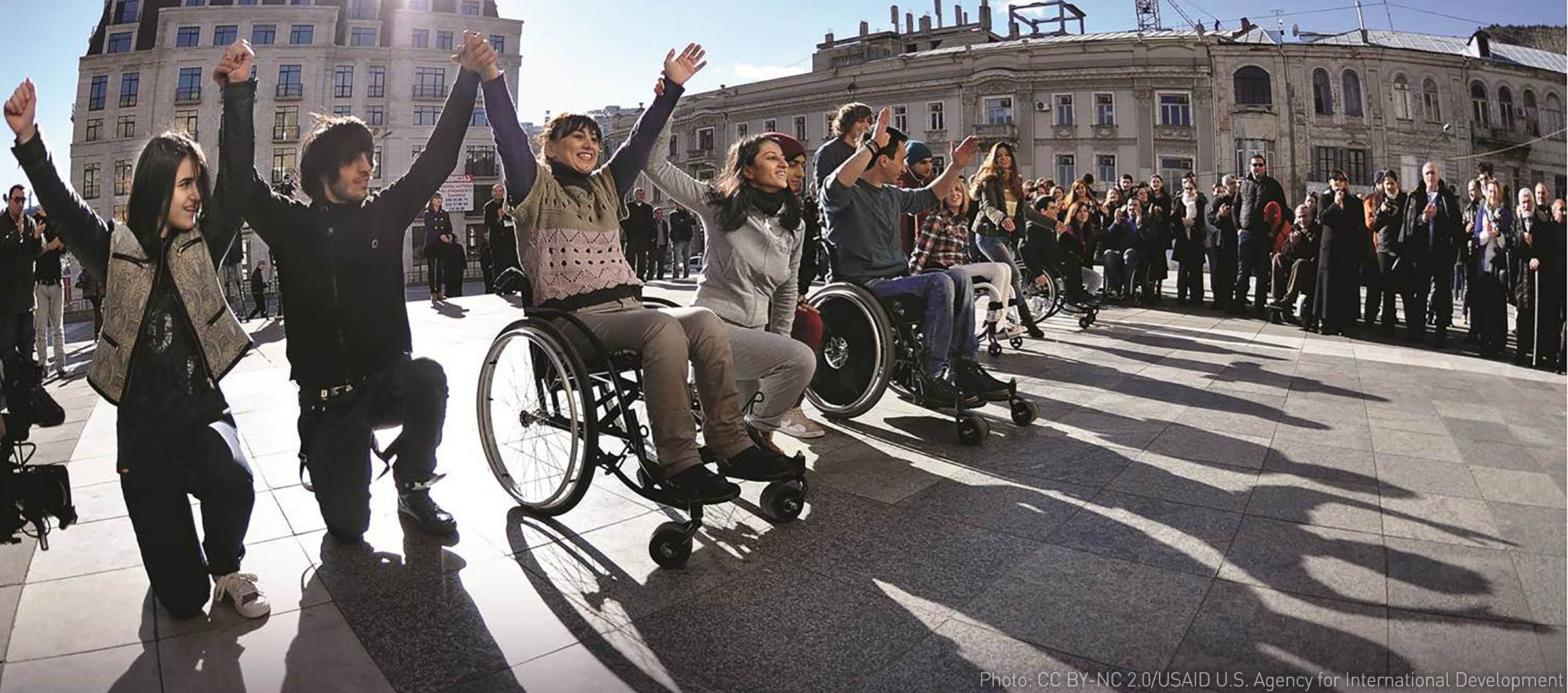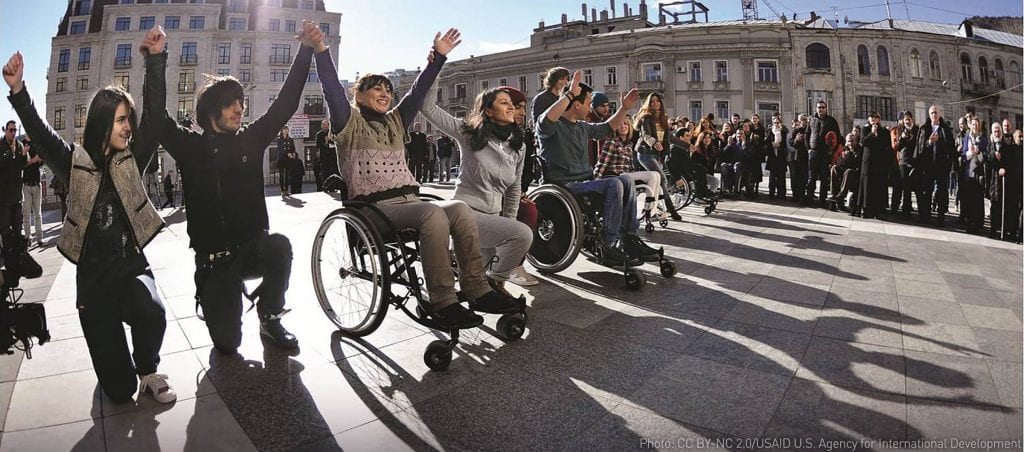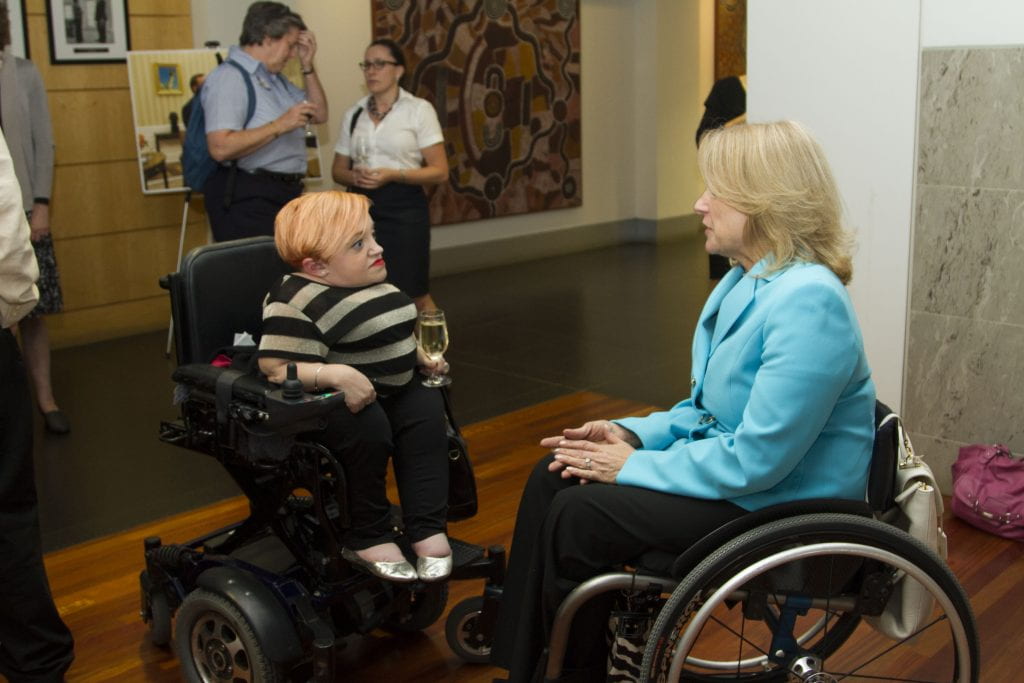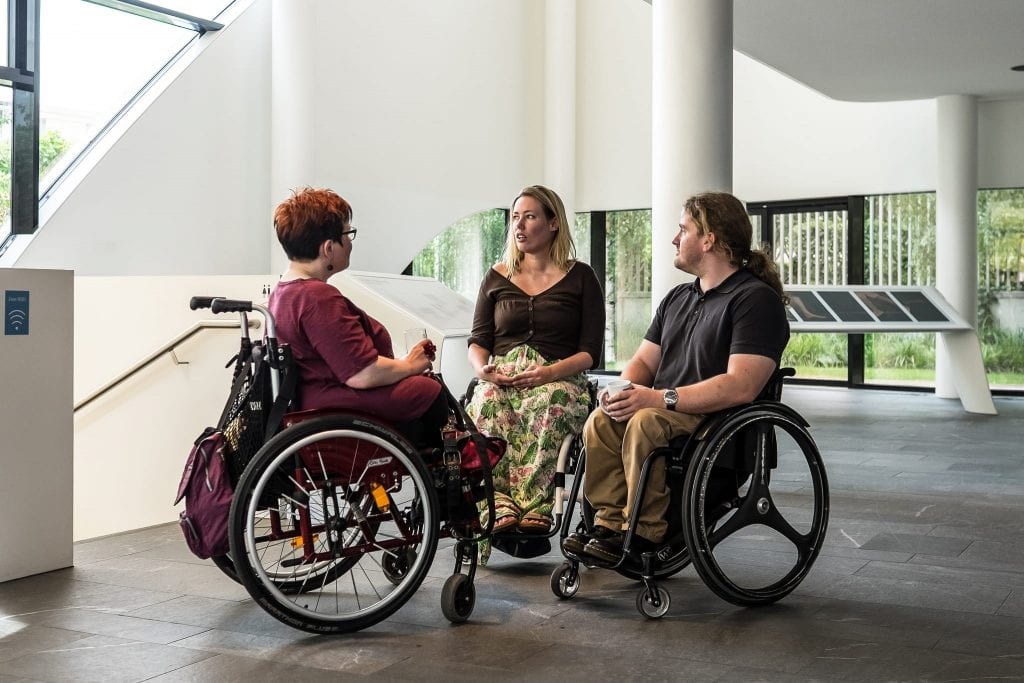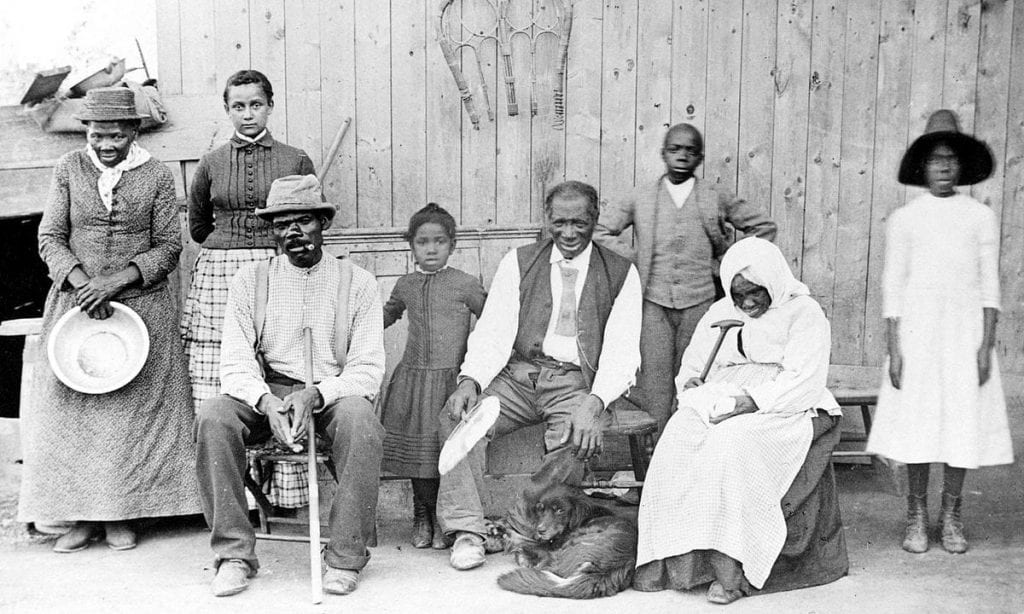by Pam Zuber
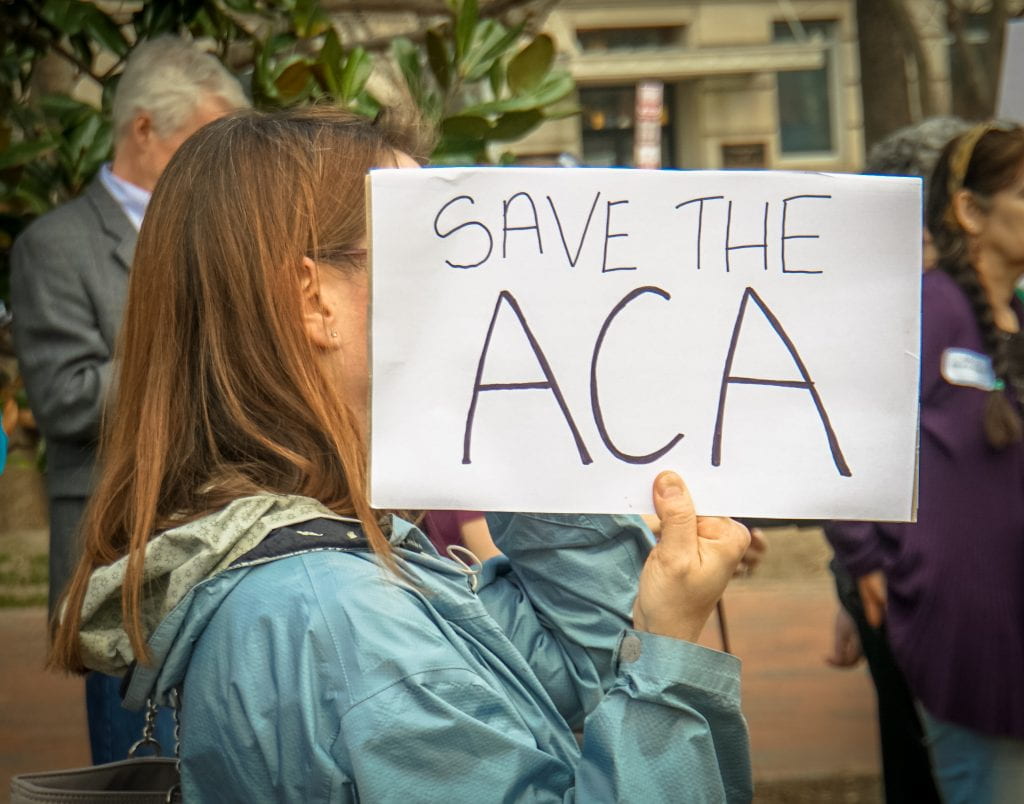
Being sick or struggling with a chronic medical condition can harm health, emotions, and finances. Sickness can hurt various aspects of a person’s life and impact society as well. It causes people to miss days of work. It creates financial costs if people have to cover medical expenses for uninsured people. Isn’t it better to help treat and prevent illness in the first place? One would think so, although some people don’t believe that health care is a fundamental right. But, restoring and maintaining health improves the quality of life and so much more. Ensuring proper health care can produce a healthier, happier, and more productive society.
What are some federal government attitudes about health care?
Attitudes about health care are different in different areas. There are many diverse opinions and proposed solutions regarding health care in just the United States alone. The Patient Protection and Affordable Care Act (also known as the Affordable Care Act, the ACA, and Obamacare) represents a microcosm of this diversity. Although it became law in 2010, the Affordable Care Act has garnered considerable controversy before its creation and continues to generate controversy after its passage. Much of this controversy has coalesced around party affiliations. Some members of the Republican Party have decried the ACA a form of socialism because it’s a federal government program that works with state government programs. In this view, the ACA is un-American because other countries sponsor their own state-funded health care programs.
While not a socialist state, Canada is one such country. According to a Canadian federal government website, “Canada’s publicly funded health care system is best described as an interlocking set of ten provincial and three territorial health systems. Known to Canadians as ‘medicare,’ the system provides access to a broad range of health services.” Canada’s federal government funds, administers and sets policies for this system under legislation known as the Canada Health Act (CHA). The goal of the CHA is “to protect, promote and restore the physical and mental well-being of residents of Canada and to facilitate reasonable access to health services without financial or other barriers,” according to the Government of Canada. The CHA thus features complex interactions between federal and provincial governments and the Canadian health care system. This is reminiscent of how the U.S. federal government administers and funds government programs in U.S. states as part of the Affordable Care Act.
How is New York approaching health care?
Federal governments aren’t the only government bodies that feel strongly about health care. In January 2019, the administration of New York, New York mayor Bill de Blasio announced that the city would offer health care for uninsured residents. City residents would pay for health services on a sliding scale. Known as NYC Care, the initiative would provide mental health care and substance abuse care. “We recognized that obviously health care is not just in theory a right,” de Blasio said. “We have to make it in practice a right.” “Health care is a right, not a privilege reserved for those who can afford it,” stated the mayor. “While the federal government works to gut health care for millions of Americans, New York City is leading the way by guaranteeing that every New Yorker has access to quality, comprehensive access to care, regardless of immigration status or their ability to pay.”
Stories about the de Blasio proposal highlighted that this health care would be available to all New Yorkers, even undocumented immigrants. This proposal occurred at a time when immigration was a hotly contested topic. In fact, immigration was so contested that the topic helped spark a partial shutdown of the U.S. federal government in December 2018 and January 2019 because of debate over funding for a wall between the United States and Mexico to prevent illegal immigration. The de Blasio administration’s decision to fund health care for undocumented immigrants reflected the view that health care should be universally accessible to all, regardless of financial cost or political repercussions. In this view, health care is a human right and the right thing to do.
Why is healthcare a right?
Health care is a human right in part because health – or more accurately, bad health – can permeate every area of a person’s life. It can even have repercussions far beyond a single individual. Say a person is struggling with depression. Depression is a mental illness. It’s also physical one since depression can cause pain, other physical symptoms, or conditions such as substance abuse. (Pain and other conditions can cause depression as well, which underscores the importance of treating mental and physical illnesses so they don’t influence each other.) Depression is more than mental and physical pain. It can wreak havoc on other areas of people’s lives. For example, conditions such as depression may prevent people from going to work. If people take frequent absences, their coworkers may have to perform work extra work to compensate for their absent coworkers. Or, taking frequent absences could lead depressed people to lose their jobs. Losing their livelihoods means people may have trouble paying for food and shelter. People without jobs may not be able to support their families. People who are depressed may lack the physical and mental energy to attend parent-teacher organization meetings, to vote, to run for office, to manage their lives, or to contribute to the lives of others. They can’t fully exercise their human rights because they’re struggling to meet their basic needs. Basic access to mental health care could prevent these struggles and ensure basic rights.
What is the status of current health care initiatives?
It’s clear that spending a little money early may prevent future health problems (and possibly save money) in the long run. But, it appears that some entities don’t want to spend money on such purposes. Others have reluctantly, grudgingly accepted health care initiatives. In 2017, the U.S. Congress passed the American Health Care Act (AHCA). This legislation would have prevented Medicare expansion and other aspects of Medicare funding and would have reduced taxes for some insurers and higher income people. The legislation never took effect, so the ACA remained intact. Commentators have noted that despite efforts to reverse the Affordable Care Act, the ACA is “gaining in popularity – despite the repeal-and-replace rhetoric Trump and fellow Republicans have voiced for years.” The commentators note that politicians realize this and are using the increasing acceptance of the program to bolster their own political fortunes. They recognize that gutting a popular program could hurt their own popularity. The administration of U.S. president Donald Trump issued rules regarding the implementation of health care programs in U.S. states in 2018, for example. This acknowledged that the programs exist, serve many people, and are well-liked and well-used by voters who could determine the political future of the administration and its members. The administration’s rules vividly illustrated the old adage, “If you can’t beat ‘em, join ‘em.”
What is the future of health care?
The future of universal health care is uncertain. On one hand, the Affordable Care Act continues. Conservative administrations and everyday voters have acknowledged the ACA and support it to various degrees. There is still considerable pushback to the ACA and similar initiatives, however. Not surprisingly, some of this pushback is from entities that could be affected by universal health care plans or other health care reforms. Private insurance companies often oppose universal health care reforms because they could affect their profits. The companies and other free-market supporters say that universal health care and other reforms are a direct rebuke to capitalism and the practice of small government. The Partnership for America’s Health Care Future is one such opponent. This organization includes a number of private insurance companies and health-related entities. Interestingly, though, it also includes a number of politicians from the Democratic Party and people affiliated with the party, such as workers from the presidential administrations of Bill Clinton and Barack Obama.
On the other hand, this organization is operating at a time when other Democrats are criticizing their fellow party members for not being progressive enough. A number of Democratic candidates running for the U.S. Congress in 2018 supported a single-payer health care system known popularly as Medicare for All to replace private health insurance. A Reuters poll in that same year reported that growing numbers of voters affiliated with both the Democratic and Republican parties also favored Medicare for All-type policies. A growing number of people and some politicians support universal health care. Other politicians and private corporations don’t. Given the increasingly divided political climate, it’s uncertain whether we’ll reach workable decisions about health care any time soon. But, given the far-reaching impact that good health can provide, aren’t they worth a try?
Pamela Zuber is a writer and an editor who has written about human rights, health and wellness, business, and gender.
